Engagement Management & Consulting 101
The Engine
23 May, 2024
Mastering Delivery: How to Keep Your Projects On Track
Read time • 4min
If sales are the fuel of the business, delivery is the engine that drives it forward. But you’re only as good as your last project, which means you need to get it right every time.
And therein lies the problem: you can’t. And you won't.
The nature of a tech services firm is risky. You're combining people and technology in unique ways every time. It’s rare to have the same team for each project. And even if you do, every client team is different. Plus, technology can be unpredictable.
So, what's the solution? No one expects everything to go perfectly. Clients will be understanding of issues so long as you are seen to be managing them effectively. But in order to do so, you need to monitor constantly so you can take corrective action when it’s needed.
How do you do this? Good processes are a start, but you need the right metrics to keep things on track. And you need a regular schedule for reviewing those metrics and making adjustments.
Speaking from experience, leaving everything up to the team and hoping for the best is a huge risk. It's not that delivery teams aren’t capable, but even the best teams can use an outside perspective.
There was a period when I’m embarrassed to admit that we didn’t have the right processes in place. We weren’t tracking the right metrics and we didn’t have a solid governance process in place. And one project after another went off the rails. The best-case outcome was that the client churned. The worst case? We got thrown out for failing to deliver... Not a great outcome.
But it gave us the kick we needed to improve delivery. We worked out what metrics were important to give us early warning of things heading off track. And we implemented a delivery governance cadence that helped us stay on top of things.
Here's how we structured our weekly delivery meetings to ensure success:
Weekly Delivery Meetings
Purpose:
Review ongoing projects.
Address challenges and blockers.
Align with client expectations and timelines.
Cadence:
Frequency: Weekly
Duration: 1 hour
Agenda:
Opening (5 minutes)
Quick overview of the meeting's objectives.
Project Updates (20 minutes)
Status (client, scope, schedule, budget, team, partners), milestones achieved, upcoming tasks for each active project.
Key Issues and Risks (10 minutes)
Discuss critical issues or risks.
Assign owners for resolution and set deadlines.
Client Feedback (10 minutes)
Review and discuss client feedback.
Plan actions to address feedback.
Resource Allocation (5 minutes)
Review team capacity and adjust resources if needed.
Project Financials (5 minutes)
Review planned vs. actual costs and revenue.
Closing and Action Items (5 minutes)
Summarize key decisions and action items.
At month-end, we extended the meeting to review project financials in detail:
Budget vs. actuals for each project.
Forecast for the next month.
Financial adjustments needed.
Overall Benefits
We saw several benefits from this approach:
Enhanced Visibility: Regular updates allowed us to spot and resolve potential risks early, preventing issues from jeopardising delivery.
Improved Accountability: Tracking performance and assigning action items ensured everyone knew their responsibilities and tasks were completed.
Improved Transparency: Sharing knowledge between delivery leads helped us manage projects better financially.
In summary, this approach meant that although we wouldn’t get everything right every time, we could take action to course-correct early. And, in doing so, limit the blast radius and give our clients confidence that we were on top of things.
And most importantly, we never lost another client due to poor delivery.
TL;DR:
Establish Strong Processes and Metrics: Implement robust processes and key metrics to monitor project progress and identify risks early.
Hold Regular Review Meetings: Conduct weekly delivery meetings to review project updates, address issues, gather client feedback, and adjust resources and finances.
Enhance Accountability and Transparency: Foster a culture of accountability and transparency to improve project outcomes and client satisfaction.
If you’re ever feeling like you need a hand, there are three ways we can help you:
KXT Ignite - This is your gateway to enhanced decision-making, operational efficiency, and a peaceful night’s sleep. Our business audit & road-mapping process is designed to identify and help you eradicate the causes of noise, confusion and inefficiency in your services business.
KXT Advisory - Navigating the intricate maze of leading a services business can feel like a solitary journey, with the weight of decisions resting heavily on your shoulders. This is a bespoke mentoring service designed for the unique challenges and opportunities faced by startup and scale-up leaders in the consulting services sector.
KXT Workshops - Elevate the performance of your team in small, tailored workshops:
Consulting 101 goes beyond teaching delivery teams the basics of how to wow your clients.
Harnessing Team Potential looks at understanding & leveraging different personality types to solve business and client problems faster and more harmoniously.
Project Economics for Delivery Leads will help ensure you never blow a budget ever again.
